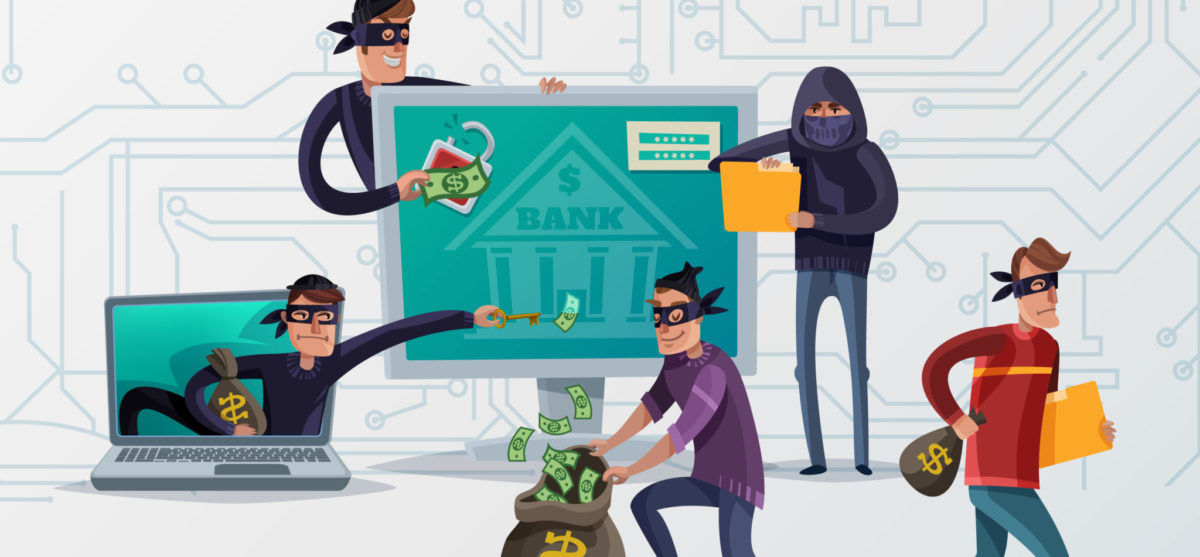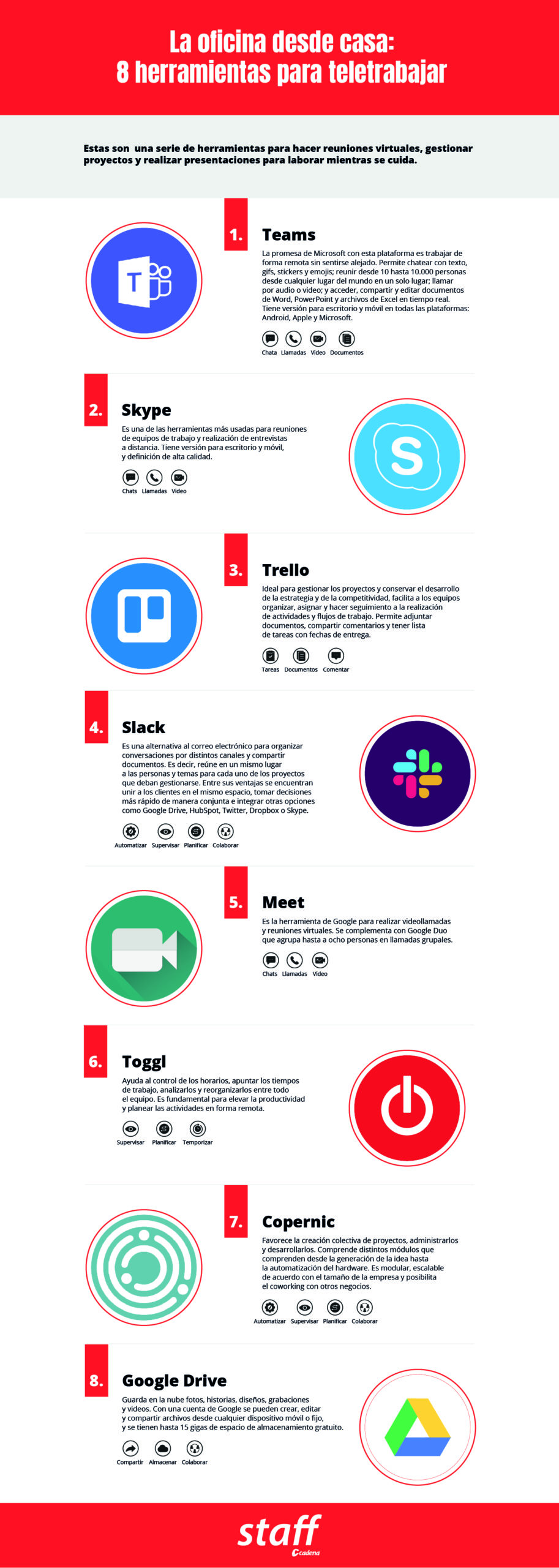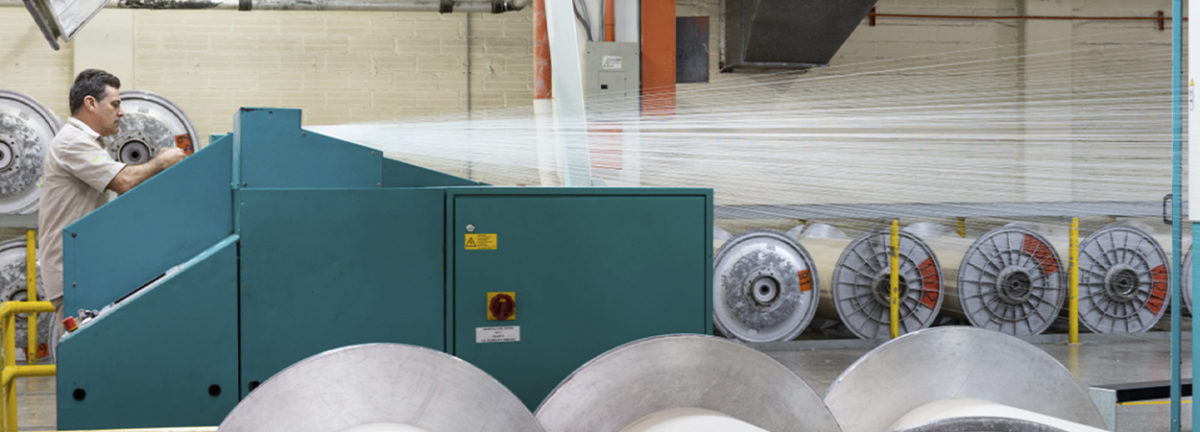It has always been said that digital transformation had a sine qua non condition: the right culture. Today we have it, technology is an imperative, it keeps many companies running, it was democratized and, as if by magic, the need made many of us learn what previously seemed complex to us.
Just to give an example, three of the issues that generated all kinds of questions and sensitivities five months ago are today protagonists in the world: automation, which allows many companies to continue operating and be more efficient; artificial intelligence, the resource that is helping the most to get ahead in decision-making; and robotization, which guarantees the operation and minimum income to critical sectors of the economy.
What previously seemed like a utopia, such as Rappi delivering addresses with robots , was seen on the streets of Medellín, thanks to the Kiwibot company from Antioquia ; while in China and South Korea, through georeferencing of smartphones, the proximity of those infected with COVID 19 is detected, highlights Helmut Cepeda , vice president of Expansion at RD Station , a services and information technology firm.
To complete this good moment, the crisis has provided the world with a greater awareness that puts people before the economy, a fine line between development and technological transformation.
Contactless technologies are leading the new digital transformation, says Edgar Salas , CEO of AZLOGICA , an internet of things solutions company.
Post-covid technologies
- Contactless interfaces: biometrics, iris reading, voice assistants and other developments that allow entering, exiting, turning on, turning off, activating and accessing services without touching anything.
- Big data: from the capture, storage, design, presentation and analysis of data.
- Internet of things: for remote monitoring of processes and asset surveillance.
- Machine learning : to attend and make decisions with data interpretation in real time.
- Telemedicine : for check-ups and remote health care.
- 3D printers: for the manufacture of devices of all kinds at home.
- 5G: the ideal communications platform to reduce network latency in processes such as telemedicine and in other specific cases that require greater support.
- Robotization: to facilitate the operation of companies, while people think.
- E-learning : to facilitate personalized, remote and on demand teaching .
- Artificial intelligence: to anticipate decision-making of all types and sectors.
To support digital transformation, it is a priority to develop ultra-learning in work teams, which includes self-taught and taught methodologies to acquire skills and knowledge more quickly and efficiently, highlights Ricardo Pineda, co-founder of Vansa, an education company for job of the future
The objective of the technological transformation will be to support adaptability to changes that will become stronger and more challenging, in addition to facilitating remote team work techniques with four relevant principles to face the pandemic: empathy, ethics, self-management and emotional intelligence at the service of people first, and then the economy.
The 6 phases of digital transformation
- Strategic vision: it is up to management to see risks and opportunities of digital transformation, set guidelines and generate empowerment for change.
- Digitize processes: how to apply technology to be more economical in time, money and value creation for the user.
- Contact points: understand the processes for current and potential customers and suppliers, etc. to add value.
- Products and services: how to digitize products and services or create new ones through digital.
- Business model: how to rethink monetization by adding technology to products and services.
- Change management: how to manage digital transformation with soft skills.
People will not be replaced by technology, but by people who know how to relate well to machines.


















